
OUR KNOW HOW
Our philosophy
Les Vignerons de Carthage and its cooperative members have made huge efforts to improve the conditions for growing, making, stabilising and packaging wines, and can today match the levels achieved by the world’s largest companies.
From the winemaking units to bottling, without forgetting the pre-bottling warehouse, the control of dry matter, the analysis laboratory and storage before shipment, everything has been upgraded and improved, including staff training, hygiene, equipment, temperature control and traceability.
In April 2005 this quality policy was rewarded with the granting of ISO 9001 version 2000 certification.
Thanks to its well-developed skills and high-performance technical resources, Les Vignerons de Carthage is today fully equipped to take on the international market and to supply its clients and distributors with high-quality wines meeting customer’s requirements.
Domains
This is a Tunisian-German partnership operating on a virtually abandoned government owned estate covering a total of 260 ha, where 229 ha of vines were planted around a decade ago. Today, this is home to some of the world’s finest grape varieties: Pinot (72.5 ha), Merlot (54.5 ha), Syrah (53.5 ha), Cabernet sauvignon (36.9 ha) and Chardonnay (11.7 ha). All of the vines are trellised and supplied by controlled irrigation. The capital is 66% owned by Les Vignerons de Carthage and 34% by the German group Langguth.
The potential production capacity is 21 000 hl of which 70% is exported. The winemaking is carried out in the Cave de Grombalia. The wines produced here meet the best international standards of varietal wines.
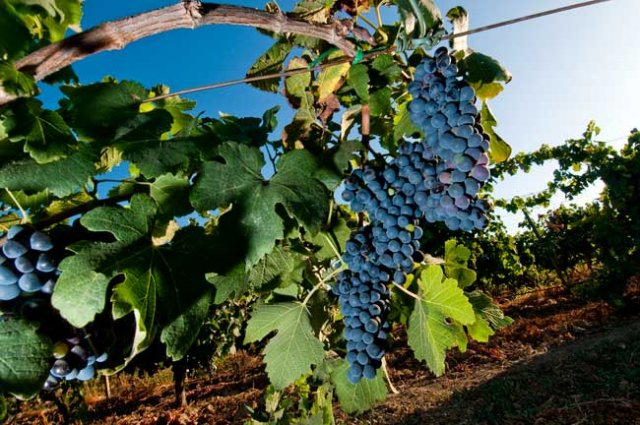
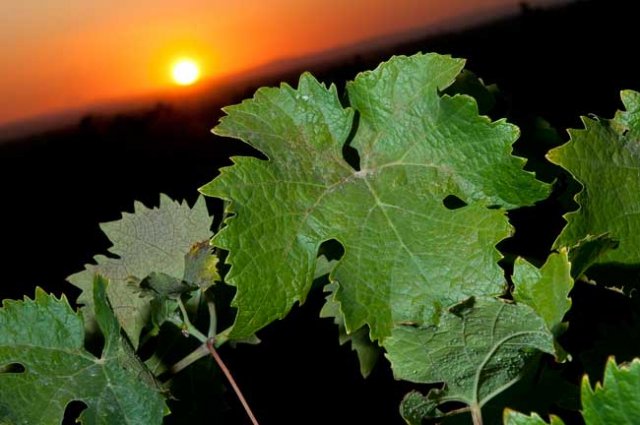
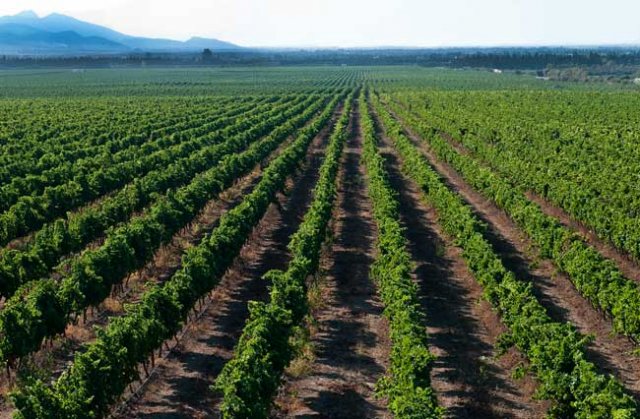
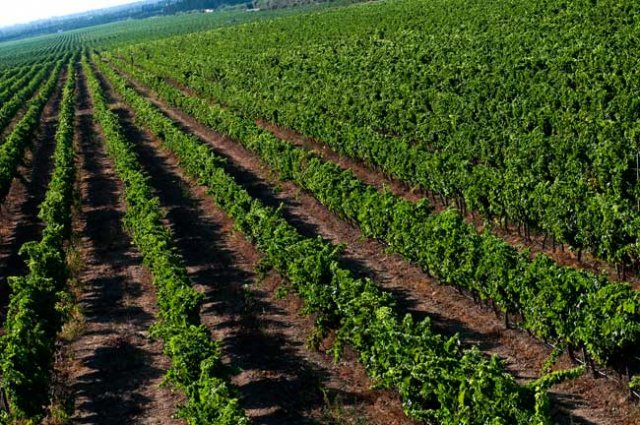
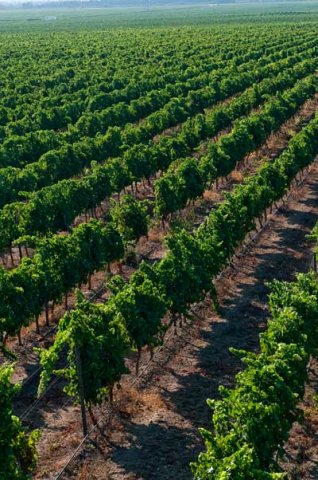
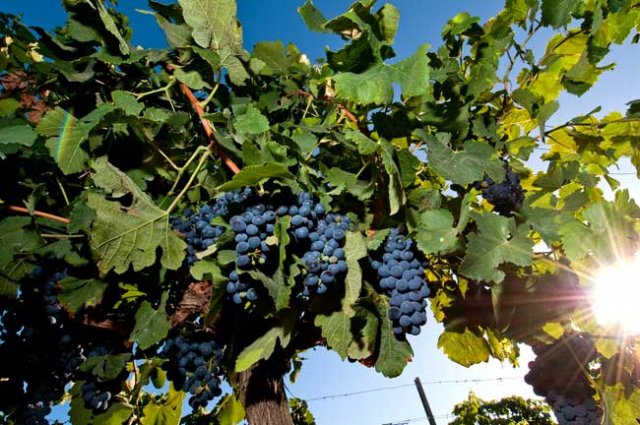
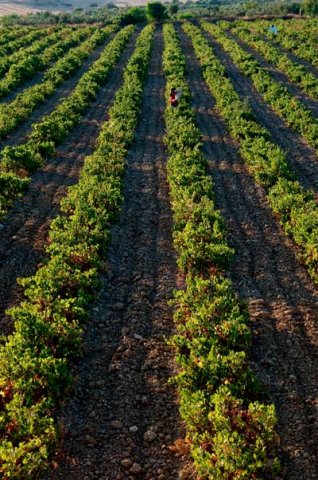
Another Tunisian-German partnership (Langguth group) accounting for 300 ha, the Royal Azur Domain covers a marvellous undulating plot with its own microclimate which is cold and damp in winter and cool and dry in summer, allowing the Merlot, Syrah, Cabernet sauvignon, Grenache noir, Alicante bouschet, Carignan, Cinsault and Caladoc varieties to express themselves to the full. The 19 000 hl produced here are vinified at the Cave de Bir Brassen (please see below). All of the necessary conditions exist here to produce some great red wines combining modernity and tradition.
A Tunisian-French partnership based around a national estate of 338 ha, of which 290 ha are planted with vineyards. The capital is 38% owned by Les Vignerons de Carthage and 62% by “Domaines et Origines”, which includes five main European partners: Mr Montariol, Mr Degroote, Mr Baehni, Mr Bordonado and Mr Walraven.
The potential production capacity is 23 000 hl and the vinification is carried out at the Cave de Takelsa.
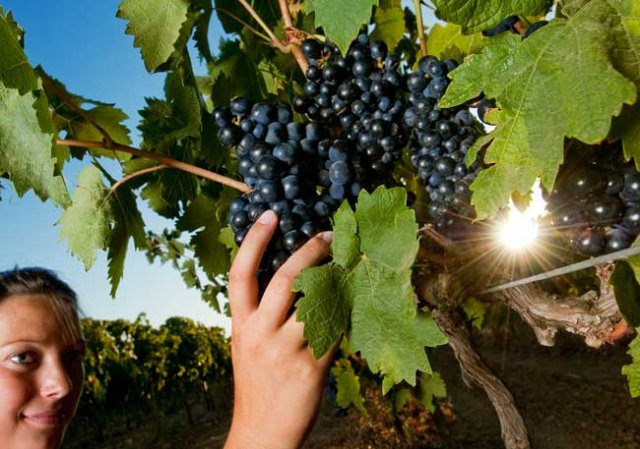
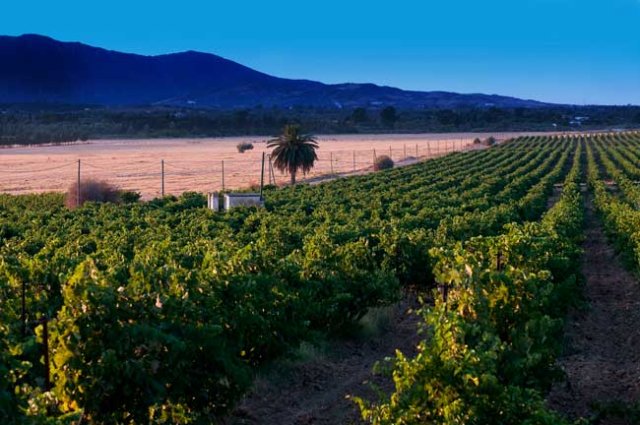
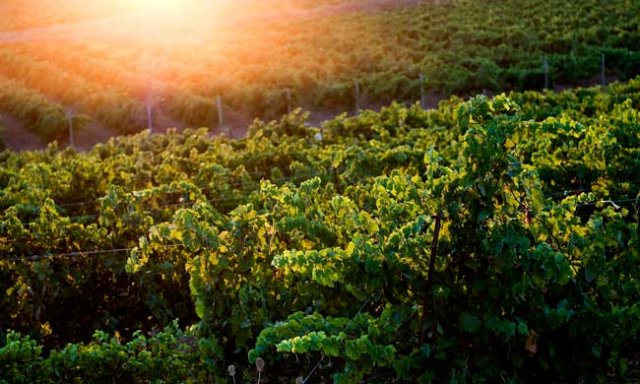
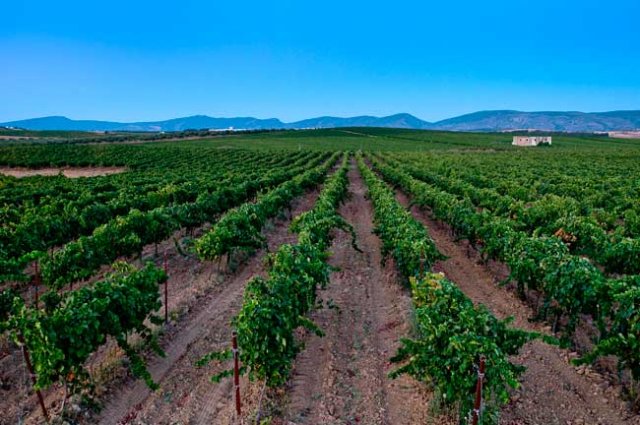
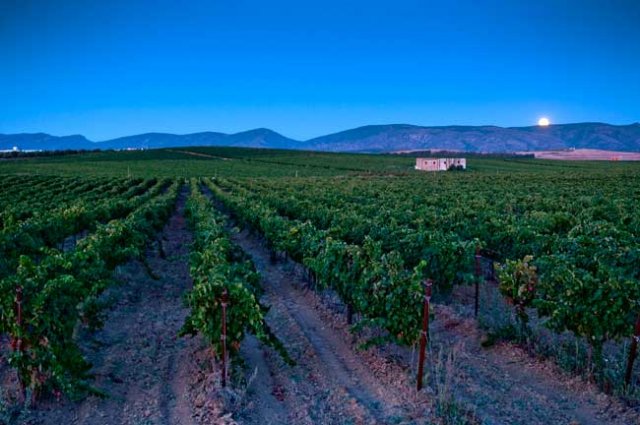
Our Cellars
The aging and maturing center for wines and for the future Tunisian “bubbly”…
Just a stone’s throw from the centre of Tunis, the La Fontaine aux mille Amphores cellar has become a key centre for the maturing and aging of wines.
In addition to its specialisation in the maturing of wine in casks, in “tiré-bouché” bottles or in stainless steel lined concrete vats, the cellar has a marvelous underground gallery where Les Vignerons de Carthage are producing a high quality sparkling wine using traditional methods, the first vintage 2006 of which is already available. Additionally, the close proximity of the town and the sheer beauty of the surroundings make this wine cellar the perfect place to visit or to hold receptions, ideal for Les Vignerons de Carthage’s clients and partners.
Our cultivars
Alicante bouschet
No matter what color their skins, the great majority of wine grapes have clear juice. Very few have red colored juice; the French call these types teinturier, literally “dyers”. One of the most famous and widely-planted is a wine grape cross, Alicante Bouschet.
It is a very productive grape that can bear crops as large as 12 tons per acre and must be controlled from its tendency to over crop. In addition to red flesh and juice, it has thick and tough skins. The grape’s acidity can be problematic, too high in cooler regions, too low in warmer ones.
Primarily used as a blending grape where color and tannin are needed. On its own, Alicante Bouschet generally makes wine that lacks distinction in character and has texture that is somewhat coarse. Although color is its main asset, it is also unstable, browning and precipitating easily.
Winemaking
Blanc
The white wine making is singular because of the absence of maceration. The fruits are traded and crushed immediately in order to avoid any contact between musts and grape skins. Free from its solid parts, the must is going to ferment.
A white wine is often defined by its freshness due to a good acidity level. That’s why the malolactic fermentation is usually avoided.
It is necessary then to avoid any contact of the must with the environmental air. White juices and wines are indeed sensitive to oxidation which modifies the colour and the aromas.